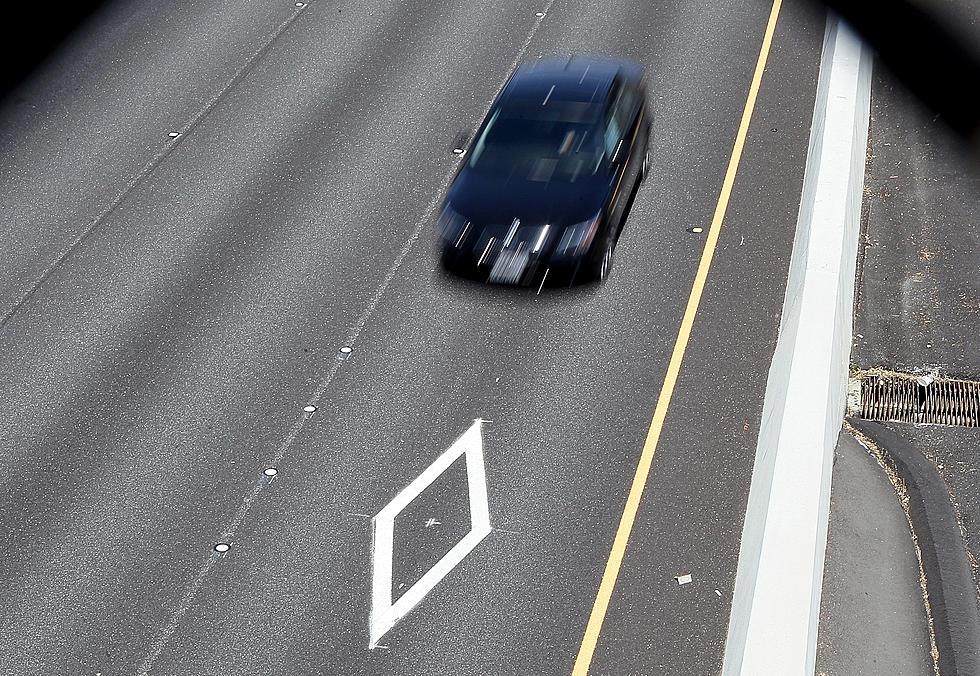
Winter Driving Dos and Don’ts on NJ’s Messy Roads
Last Friday marked the official start of winter, which has proven to be quite deadly for motorists, passengers and pedestrians in the Garden State.
From 2012 through 2016, nearly 900 individuals lost their lives on New Jersey's roads during the months of December, January, February and March, according to data from the State Police.
Those casualties were the product of more than 850 crashes. In 2016 alone, the winter months recorded the deaths of 100 drivers, 25 passengers and 57 pedestrians, along with 1 bicyclist.
"Heavy rain, snow and sleet cause significant safety problems, just by reducing visibility and making it difficult to maneuver or stop," said Tracy Noble, spokeswoman for AAA Mid-Atlantic.
While adverse weather conditions played a role in less than half of winter crashes recorded over the five-year period, Noble said the problem is exacerbated by the many drivers who pretend weather-related obstacles don't exist.
"There's what we call four-wheel-drive overconfidence," Noble said. "People don't realize they still need extra distance to stop, and that vehicles do not accelerate or brake the same way they do in dry conditions."
Posted speed limits are for optimal driving conditions, Noble noted.
Snow was recorded for 44 crashes from 2012 through 2016. Rain was recorded 253 times.
If you're driving with all working parts, your shot at a clear ride is likely better than other drivers' chances.
If wipers are leaving streaks on your windshield, now is a great time to get them replaced, Noble said. And the tread on your tires should be adequate to get you through the winter. That's truly where the rubber meets the road.
"And headlights that have clouded over really need to be evaluated because we found that clouded headlights can really diminish your visibility while you're driving," Noble added.
Motorists who are taking their time during a snow or rainstorm are advised to use the right lane, along with their hazard lights.
"We just ask other drivers to be respectful of those drivers, to not tailgate, and give them the space that they need," Noble said.
If you're stranded on the side of the road, it's recommended you stay in the vehicle while waiting for help — preferably with the seat belt on.
More from SoJO 104.9:
Contact reporter Dino Flammia at dino.flammia@townsquaremedia.com.
More From SoJO 104.9 FM










